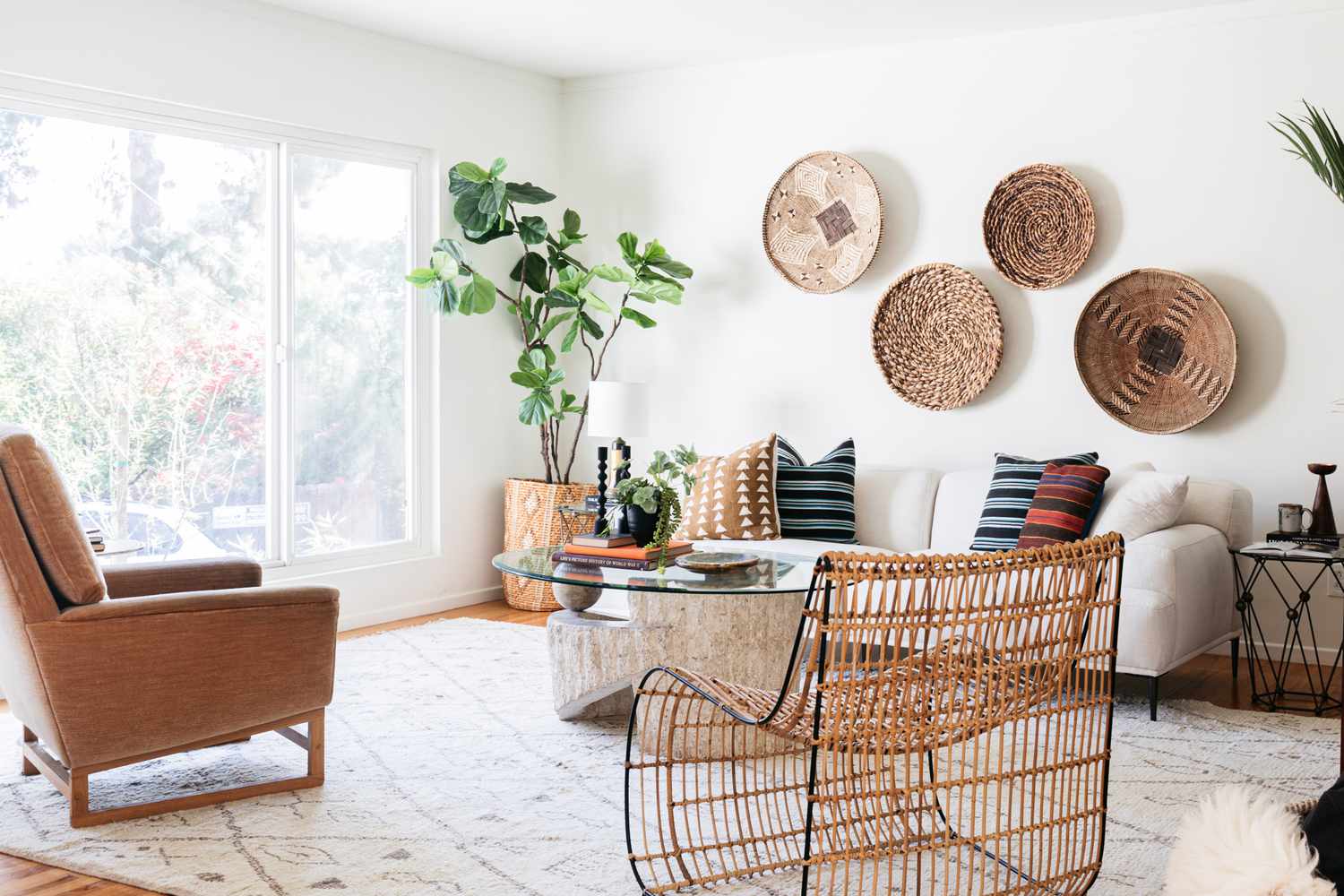- Empty cart.
- Continue Shopping
How to Create a Healthy Living Room Space

The living room is the heart of the home, where relaxation and rejuvenation take place. Creating a healthy living room space not only enhances physical well-being but also promotes mental and emotional harmony. We will explore practical steps to design a living room that fosters overall health and well-being.
1. Choose Non-Toxic Furniture and Materials
– Opt for Low-VOC or VOC-Free Furnishings
Volatile organic compounds (VOCs) can be emitted by certain furniture and materials. Choose options that are low in VOCs or made from natural, non-toxic materials.
– Select Eco-Friendly Fabrics
Choose upholstery and textiles made from organic or sustainable materials to reduce exposure to harmful chemicals.
2. Prioritize Natural Lighting
– Maximize Natural Sunlight
Allow as much natural light as possible into the room. Natural light supports circadian rhythms and promotes a positive mood.
– Use Light Curtains or Sheers
Opt for light curtains that allow sunlight to filter through while maintaining privacy. This ensures a bright and inviting living space.
3. Incorporate Indoor Plants
– Introduce Greenery
Plants not only add visual appeal but also improve air quality by absorbing toxins and releasing oxygen. Select low-maintenance plants to suit your living space.
– Choose Air-Purifying Plants
Select plants like spider plants, snake plants, or peace lilies that are known for their air-purifying properties.
4. Promote Proper Air Circulation
– Ventilation Systems
Ensure that your living room has adequate ventilation to circulate fresh air and prevent stagnation.
– Use Air Purifiers
Consider using air purifiers with HEPA filters to further enhance indoor air quality, particularly if you live in an urban area with higher pollution levels.
5. Maintain Cleanliness
– Regular Cleaning Routines
Dust, vacuum, and mop regularly to remove allergens, dust mites, and other potential irritants.
– Use Non-Toxic Cleaning Products
Opt for natural, non-toxic cleaning products to minimize exposure to harsh chemicals.
6. Choose Natural, Non-Toxic Decor
– Avoid Synthetic Fragrances
Opt for natural scents like essential oils or natural air fresheners instead of chemical-laden air fresheners.
– Select Natural Materials for Decorative Items
Choose decor made from natural materials like wood, glass, or ceramic to add warmth and character to your living space.
7. Create a Tech-Free Zone
– Designate Screen-Free Times
Encourage quality time with family and friends by designating specific times for screen-free activities.
– Minimize EMF Exposure
Limit electronic devices and gadgets in the living room to reduce exposure to electromagnetic fields.
8. Design for Comfort and Ergonomics
– Choose Comfortable Seating
Invest in comfortable and supportive furniture that promotes proper posture and relaxation.
– Arrange Furniture for Flow and Accessibility
Arrange furniture to create a natural flow in the room, allowing for easy movement and accessibility.
Conclusion
A healthy living room space serves as a sanctuary for relaxation, connection, and rejuvenation. By incorporating these practical steps, you can transform your living room into a haven that promotes overall well-being. Remember, a healthy living environment positively impacts physical, mental, and emotional health for you and your loved ones








